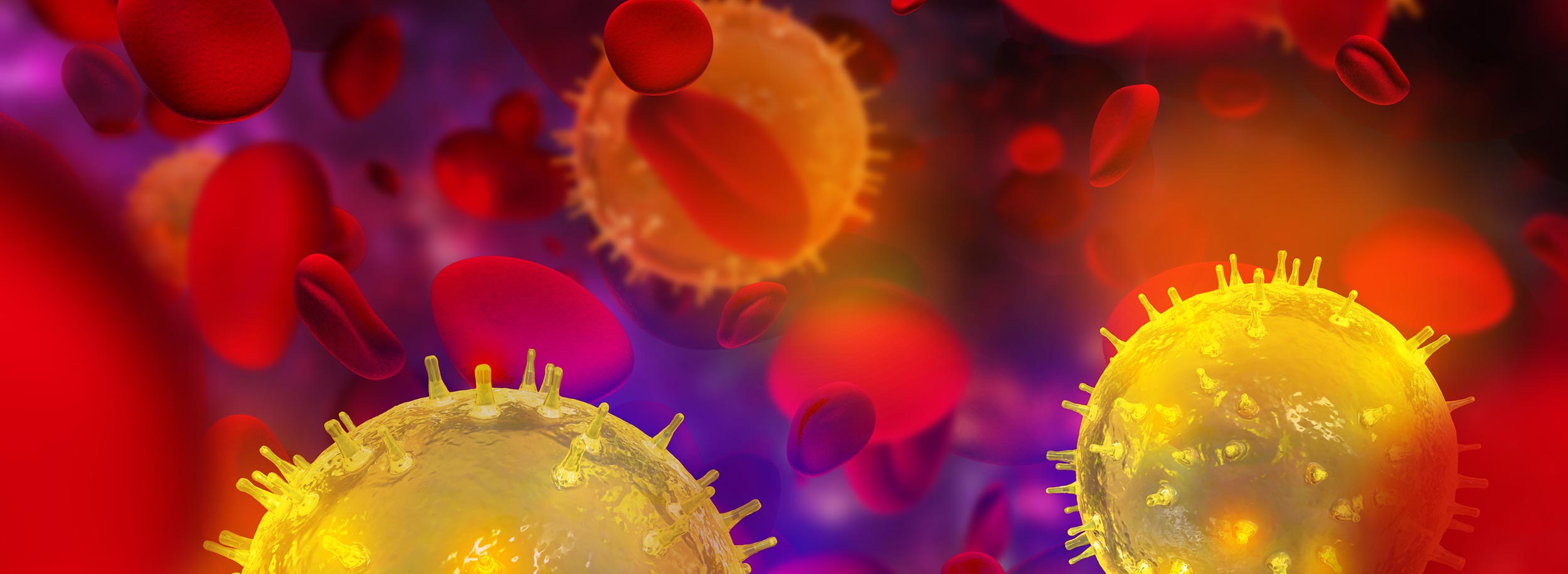In a letter dated July 20, 2015, ASBM Chairman Harry Gewanter, MD wrote FDA Acting Commissioner Stephen Ostroff MD on the need for all biologic medicines, including biosimilars, to be named so as to be easily distinguishable from one another. The FDA is expected to release its long-awaited guidance on biosimilar naming later this year.
In the letter, Dr. Gewanter praised the FDA’s recent use of a distinguishing suffix in its March approval of the first U.S. biosimilar, Zarxio (filgratim-sndz) calling it a “simple and eloquent solution” for identifying both the product and the legal entity responsible for its safety and efficacy (“-sndz” being based on the name of the product’s manufacturer, Sandoz).
Dr. Gewanter stressed than ASBM’s surveys of nearly 1700 prescribers of biologics found both a critical need and strong physician support for distinguishable naming:
- 17% of physicians in the U.S. and Canada, 24% of those in Europe, and 57% in Latin America used the INN exclusively when identifying the medicine in the patient record, thus creating the potential for the patient to receive the wrong medicine, and the patient record to be made inaccurate by any substitution.
- When reporting adverse events, 26% of Canadian, 17% of European, and 28% of Latin American physicians refer to the medicine exclusively by its INN – thereby potentially resulting in attributing these effects to the wrong medicine, pooling of adverse events, and other difficulties.
Physician prescribing practices further showed that other attempts to ensure clear product identification, such as batch numbers and NDC codes, were shown by physician prescribing to be an inadequate solution:
ASBM examined the viability of NDC as a potential means of identification, but found only 0.3% of U.S. physicians used NDCs when identifying medicines in a patient record, and 0.5% when reporting adverse events. We also looked at the use of batch/lot numbers in countries with biosimilars and found that only 40% of European, and 26% of Canadian physicians consistently used batch numbers when reporting adverse events. Further, 45% of European and 27% of Canadian physicians never used them at all.
By contrast, distinguishable naming of biosimilars was overwhelmingly supported by physicians in two recent ASBM surveys. A 2014 found 79% of Canadian physicians supported Health Canada issuing distinguishable names for biosimilars. Similarly, a May 2015 survey found 94% of Latin American physicians supporting the World Health Organization’s (WHO’s) proposal to differentiate similar biologics with a four-letter differentiating suffix called a “biological qualifier” (BQ).
ASBM had previously shared the data with Administration officials in a May 19 meeting with Administration officials which included representatives from the U.S. Office Management and Budget (OMB), the Office of Information and Regulatory Affairs (OIRA), the National Economic Council (NEC), and the Department of Health and Human Services (HHS).
All ASBM surveys are available at www.safebiologics.org.
Dr. Gewanter’s letter to Acting Commissioner Ostroff may be read here.
